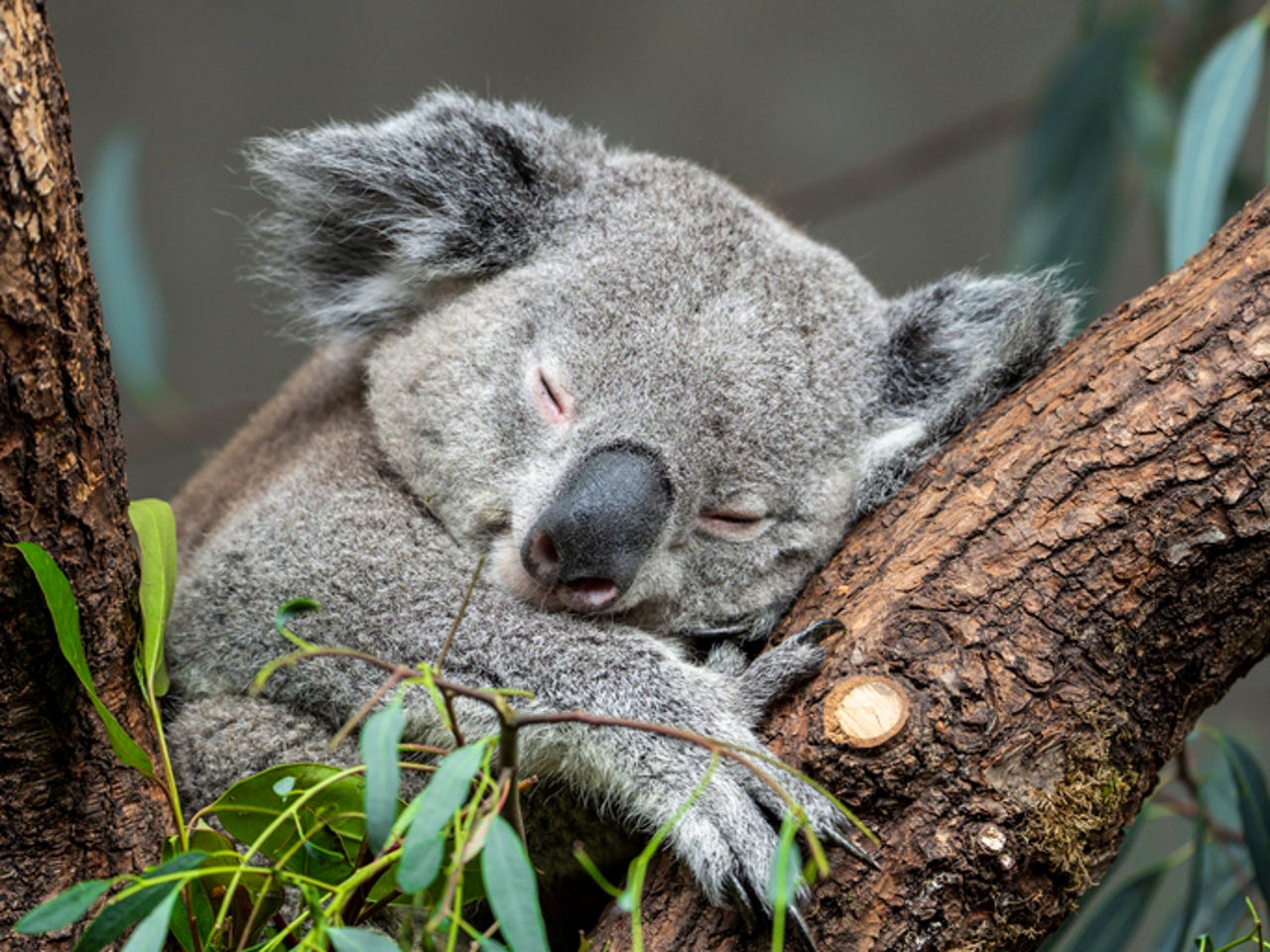South Australia uses facial recognition drones to help save koalas


The South Australian government has teamed up with Flinders University and conservation charity Koala Life to use drones and facial recognition technology to count, identify, and re-identify koalas.
The non-invasive koala monitoring technique will be used as part of a study on koalas at Kangaroo Island and the Adelaide Mount Lofty Ranges to understand their numbers, movements, behaviour, and physiology, and assess whether koalas will show any signs of stress.
"Drone use in animal research is used a lot across Australia, especially in Queensland to monitor koalas. Until now, potential behaviour and physiological impacts haven't been extensively researched so we are one of the few groups investigating this," Flinders University researcher Dr Diane Colombelli-Négrel said.
"Through this research, we'll be able to determine if this method really is low impact on koalas and whether it is suitable to use over the long-term into the future.
"Koalas are declining in parts of Australia. And while in South Australia numbers are pretty good, the recent fires have reduced the numbers dramatically.
"We need to ensure that we are aware of the new numbers and how they are recovering post fires, so we can then work towards reducing impacts that affect their survival."
According to Minister for Environment and Water David Speirs, taking this approach will be vastly different to traditional methods that involve capturing and individually marking each koala.
"It is very important for us to develop non-invasive techniques to help monitor animals in a safe way, and facial recognition through drone monitoring is utilising the latest technology to achieve this," he said.
"The ability to recognise individual members of a species in the wild will help to grow an understanding of individual movements as well as population estimates, and this understanding will allow the development of meaningful management strategies."
Mid-last year, researchers in Queensland began using AI-enabled infrared drones to provide more accurate estimates about the number of surviving koalas in bushfire affected areas.
The research showed that using drones and infrared imaging was more reliable and less invasive than traditional animal population monitoring techniques, such as having people look up at trees or bringing dogs in to sniff out koalas.
The same group from Queensland University of Technology (QUT) established an AI hub last month to expand its conversation work.
Research lead Grant Hamilton said establishing the AI Hub would now allow the team to build out the system and work with local conversation groups and organisations, such as Landcare, that can assist with using the drones and thermal imaging detection to survey bushfire affected areas for koalas, before transmitting the raw data back to the QUT hub for analysing.
The system is first being trialled with Noosa and District Landcare, and Watergum, who will carry out drone surveys to create a census of koalas and other endangered species in the area.
Their plans are to eventually expand the system to other community groups across the country, QUT said.
Meanwhile, the New South Wales government has deployed AI software to detect trespassers across Sydney's train tunnel network.
The AI system has been integrated with existing CCTV infrastructure found in the city's underground stations, NSW transport minister Andrew Constance said.
"Do not enter our tunnels under any circumstances. If you do, you will be caught by artificial intelligence software that is trained to identify people entering tunnel areas on CCTV and immediately notifies the Sydney Trains security team," he said.
"This technology is already working, with seven trespassers caught attempting to access tunnels from the platforms. In each case, security staff were able to respond quickly without anyone being injured."
RELATED COVERAGE
- Murdoch University scientists develop grid-system drone technique to survey dugongs
- Scaling up on a shoestring while citizen scientists analyse the Great Barrier Reef
- Australia's Ceres Tag converting livestock into IoT devices
- Wildlife Watch and the Black Mambas: Using smartphones and video streams to protect animals